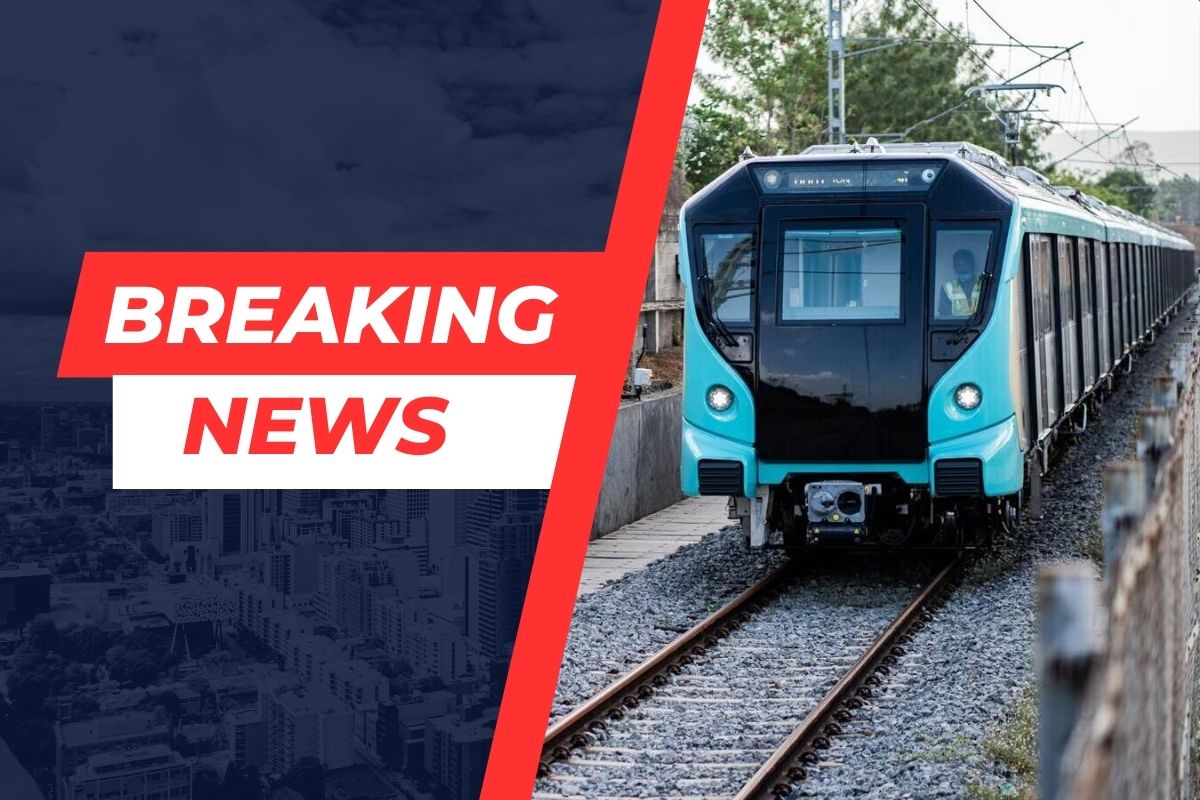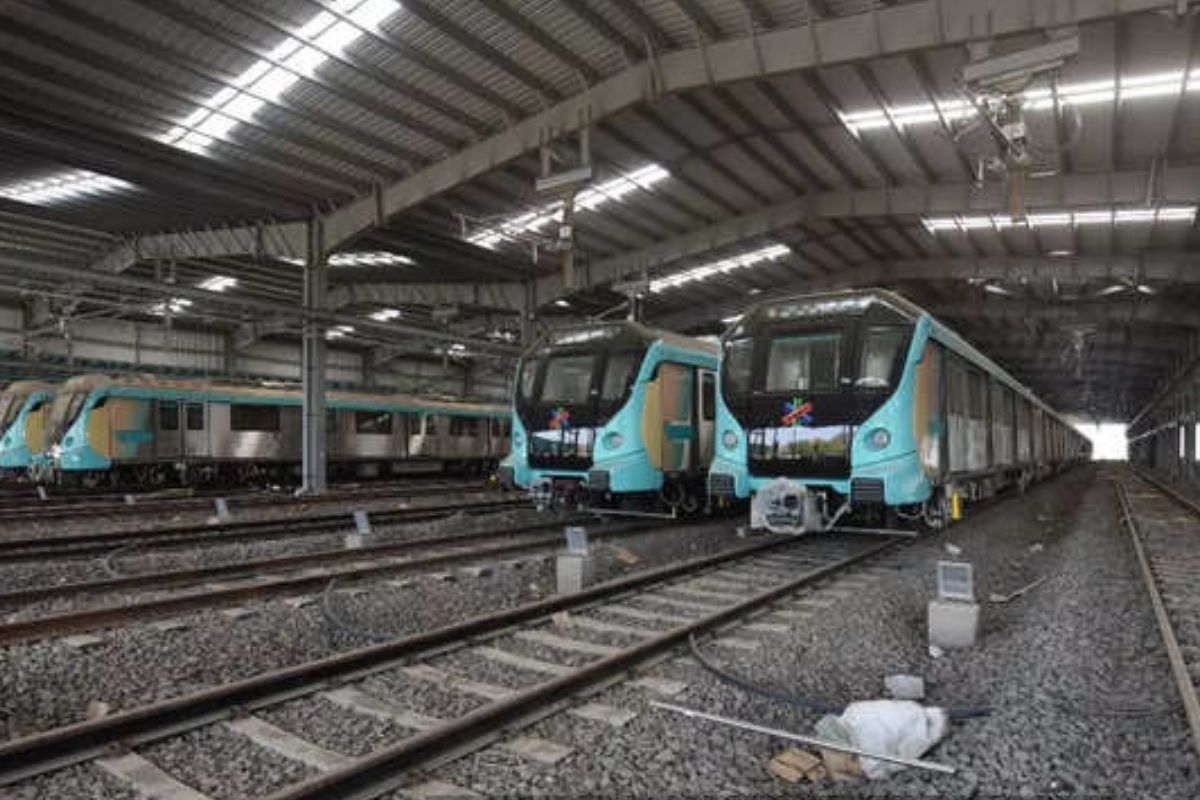


MUMBAI: The highly awaited Aqua Line, Mumbai’s first underground metro, is set to alter the city’s transportation infrastructure. This huge project, which stretches 33.5 kilometers from Colaba to SEEPZ, aims to make it easy for millions of Mumbai residents to commute every day.
Table of Contents
ToggleCuffe Parade, Vidhan Bhavan, Churchgate, Hutatma Chowk, CST Metro, Kalabadevi, Girgaon, Grant Road, Mumbai Central, Mahalaxmi, Science Museum, Acharya Atre Chowk, Worli, Siddhivinayak, Dadar, Sitaladevi, Dharavi, BKC, Vidyanagari, Santacruz Domestic Airport, Sahar Road, International Airport, Marol Naka, MIDC, and SEEPZ are among the notable stations.
प्रधानमंत्री @NarendraModi जी ने मुंबई वासियों के जीवन को सुगम बनाने की गारंटी दी थी, जो पूरी होने जा रही है।
मुंबई की पहली भूमिगत मेट्रो (Aqua Line) 24 जुलाई से शुरू हो रही है , जो शहर की रफ्तार को नई उड़ान देगी। pic.twitter.com/0YgepYbiHw
— Vinod Tawde (@TawdeVinod) July 17, 2024
The Aqua Line aims to dramatically cut commuter travel time, with speeds of up to 90 km/h.
The Mumbai Metro Rail Corporation (MMRC) supervises this gigantic project, which has cost more than Rs 37,000 crores.
The Delhi Metro Rail Corporation (DMRC) will manage operations and maintenance. This will help keep passengers safe. The contract with DMRC lasts ten years.

Reduced traffic congestion: The Aqua Line will offer a much-needed alternative to vehicle travel.
The underground metro would smoothly connect vital regions of Mumbai.
The whole project, along with the second tunnel phase, should wrap up in eight months.
Mumbai faced heavy monsoon rains. This caused major flooding at the newly opened Acharya Atre Chowk station on the Aqua Line (Metro Line 3). The station has been running since May 10, 2025. It links the important business areas of Bandra-Kurla Complex and Worli. Water seepage and a broken barrier flooded the station. As a result, authorities suspended services on that section and closed the facility temporarily. This incident raised concerns about the infrastructure’s ability to cope with monsoon conditions. It also raises questions about the water management systems at metro stations.

